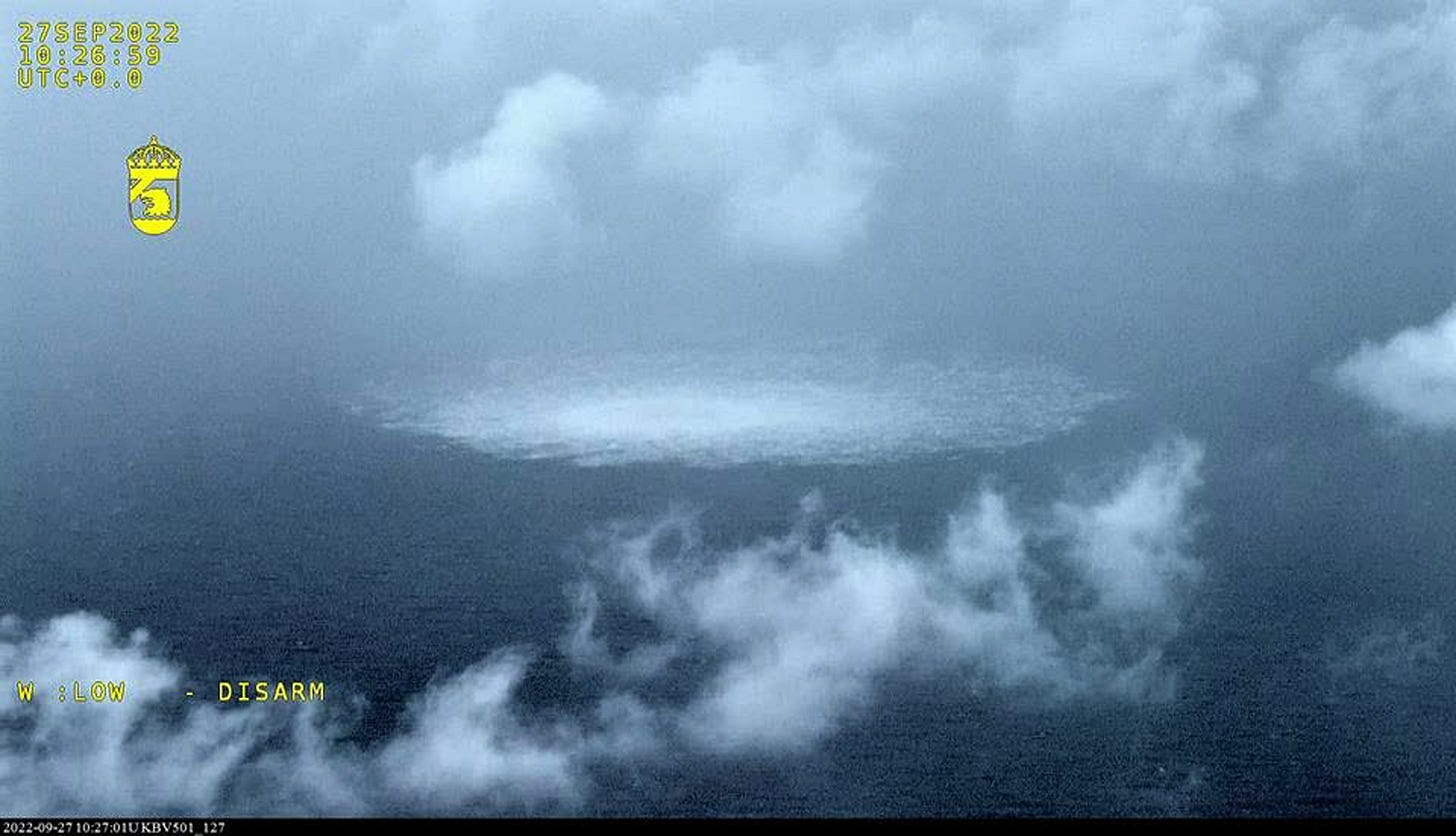THE NORD STREAM PIPELINES AND THE PERILS OF CONTAINMENT
The sabotage in the Baltic Sea was the result of a long-standing US policy of driving a wedge between Russia and Western Europe

Thursday marks one year since I reported President Joe Biden’s decision in the fall of 2022 to send a signal of resolve to Vladimir Putin by destroying Nord Stream 1 and 2, the Russian natural gas pipelines. Nord Stream 1 had turned Germany into the most powerful economic force in Western Europe.
I won’t dwell on the failure of the mainstream media to follow up on that story—some reporters, as I learned decades ago, have inside sources and others do not. But I will relate a lesson I learned about presidential signaling of the sort that is going on now against the Houthis in Yemen; against the Iranians, who are believed to be behind much of the anti-Americanism in the Middle East; and, of course, against Moscow in the Ukraine war.
It’s a Cold War story I was told by someone who was steeped in the history of the early days of American intervention in Vietnam. After the Second World War, the United States backed the wrong side in China, and the communist forces led by Mao Zedong declared victory in 1949. This was seen as yet another setback for America’s effort to contain worldwide communism. Containment was the overriding US policy then, and there was worry about Mao’s support for Ho Chi Minh, the Vietnamese leader who defeated the French in 1954, in the battle at Diem Bien Phu, despite much off-the-books American help for France. A little-noted international peace conference that year in Geneva concluded, in a triumph for rational diplomacy, that Vietnam would be divided, with Ho dominating the North and a non-communist regime to be set up in the South.
Keep reading with a 7-day free trial
Subscribe to Seymour Hersh to keep reading this post and get 7 days of free access to the full post archives.



